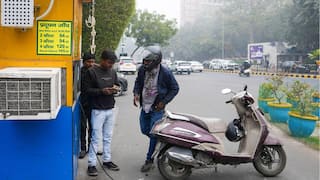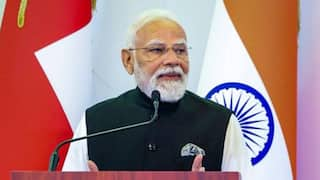Are more eggs better in IVF?

Washington D.C. [USA], Jul 4 (ANI): A higher number of eggs retrieved in an IVF treatment cycle is independently associated with more chromosomally normal embryos available for transfer, according to a new study.
However, the benefit of a greater oocyte yield decreases significantly with advancing female age.
The results of the study added strong evidence to the ongoing debate over the importance of egg numbers as determinants of IVF success.
The main outcome measure of this study, which was performed by Dr Christos Venetis from the University of New South Wales and colleagues at IVF Australia, was the number of chromosomally normal ("euploid") embryos identified by preimplantation genetic screening (PGS) in more than 700 treatment cycles at three IVF centres. Generally, euploid embryos appear to have the greatest potential for pregnancy and represent a clear predictive factor for IVF success.
The number of euploid embryos identified by PGS from each of the 724 cycles analysed was then correlated with the number of oocytes retrieved in that cycle.
This analysis showed, first, that the number of euploid embryos per cycle was negatively associated with female age, and second, that the number of oocytes retrieved was positively associated with the number of euploid embryos generated (ie, the higher the number of oocytes, the higher the number of euploid embryos).
Thus, to produce one and two euploid embryos respectively, five and 14 oocytes would be required at age 34, while 10 and 24 oocytes would be required at age 38.
While the data seem to add further weight to the reviving argument that oocyte quantity (and not just oocyte quality) are key determinants of IVF success, Venetis noted that the results also provide an explanatory mechanism of why cumulative delivery rates in IVF seem to be improved in cycles with a higher oocyte yield: the more chromosomally normal embryos there are, the more transfers are possible, with an inevitably better cumulative chance of pregnancy. Chromosomally abnormal embryos ("aneuploid") are unlikely to develop as pregnancies, and, if they do, frequently result in miscarriage.
Venetis said that the results of his study suggest that a higher number of oocytes will lead to a higher absolute number of euploid embryos available for transfer and "this is clearly correlated with the cumulative chance of a pregnancy after a single stimulated cycle."
He explained that euploid embryos are known to have a high probability of implantation (50-60%) and a low probability of miscarriage (6%). "This means," he said, "that the transfer of a euploid embryo gives the patient the highest chance of having a live birth after IVF. By increasing the quantity of eggs you also increase the probability of having more euploid embryos - and thus more opportunities to achieve a pregnancy."
However, he added: "Any attempt to propose an optimum number of oocytes collected needs to take into account many other parameters such as the indication for treatment, whether fresh or frozen embryo transfer as well as the number of embryos transferred, the protocols followed in the laboratory and patient wishes."
He also noted that aiming for a high number of eggs (more than 15) can increase the risk of ovarian hyperstimulation syndrome (OHSS), a potentially serious complication of ovarian stimulation. Nevertheless, with the newer stimulation protocols this risk can be greatly reduced, thereby allowing clinicians to maximize the efficiency of a single stimulated cycle and reduce the cost and burden of treatment.
He thus concluded that "clinicians should aim to increase the oocyte yield from a single stimulation cycle while ensuring that the probability of OHSS remains low," adding that the target number of oocytes should also take into account individual patient characteristics (such as age and ovarian reserve).
The results are presented as a poster at the 33rd Annual Meeting of ESHRE. (ANI)
This story has not been edited. It has been published as provided by ANI





























